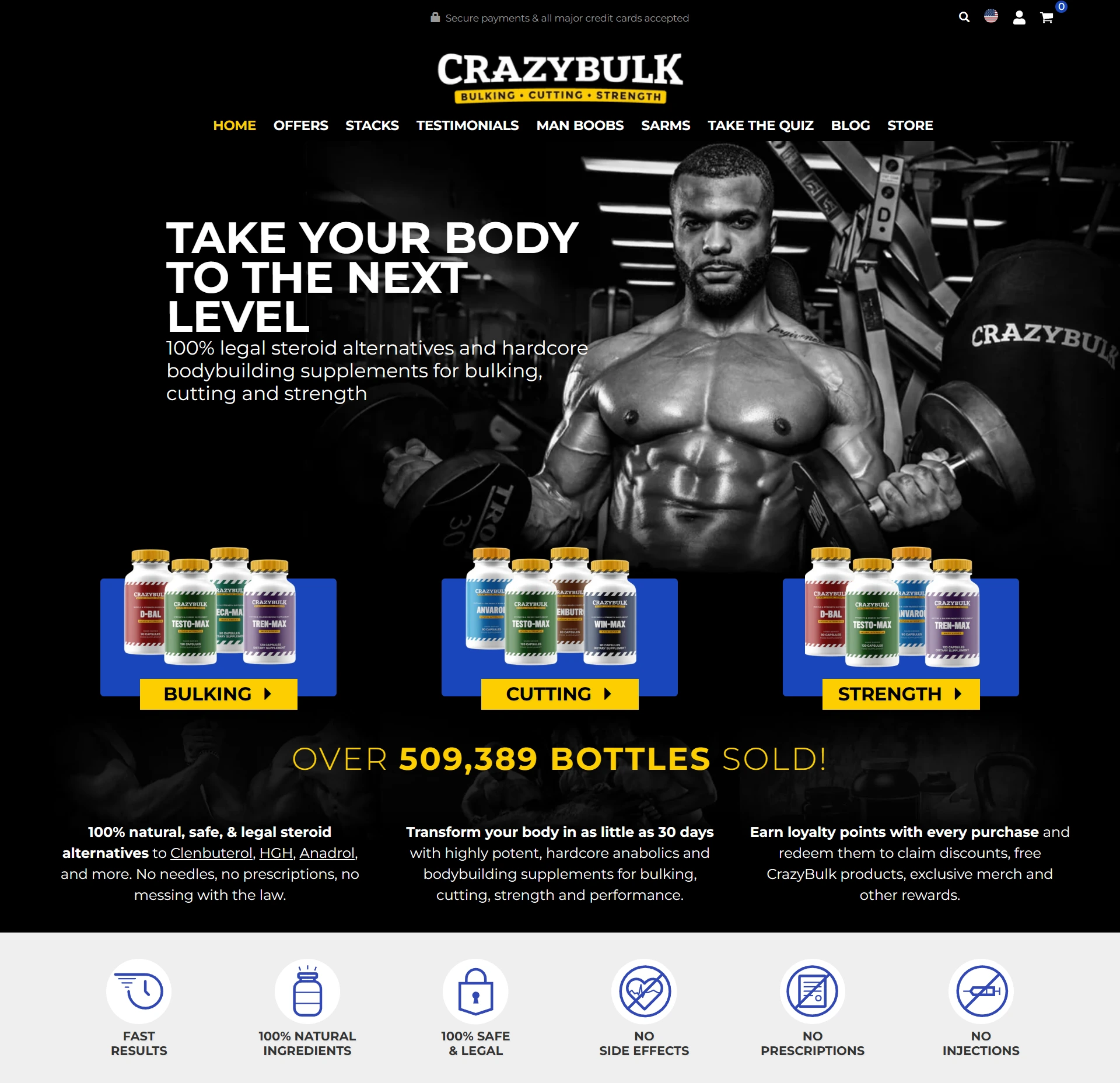
does low testosterone cause low libido
Add a review FollowOverview
-
Founded Date април 22, 1901
-
Sectors Transportation
-
Posted Jobs 0
-
Viewed 18
Company Description
Low Testosterone In Women: Causes, Symptoms & Treatment

Low Testosterone In Women: Causes, Symptoms & Treatment
That’s unnecessary, and so much chemical modification increases the risk of enlarged prostate or increases the risk of prostate cancer. Even safe and moderate testosterone therapy bears a slightly increased risk. Low testosterone (male hypogonadism) is a condition in which your testicles don’t produce enough testosterone helps burn fat. It has several possible causes, including conditions or injuries affecting your testicles, pituitary gland or hypothalamus. If you have been experiencing any of these symptoms and think they could be due to low testosterone levels, it’s time to talk with a doctor.
However, new treatments are being studied that may provide help to women affected by low testosterone levels. Low testosterone (male hypogonadism) is a condition in which your testicles don’t produce enough testosterone (the male sex hormone). More specifically, the Leydig cells in your testicles make testosterone. Low testosterone levels can affect your libido and cause physical changes, sleep issues, and trouble with emotional regulation. Treatment can increase testosterone levels or treat symptoms. You can be born with male hypogonadism, or it can develop later in life, often from injury or infection.
The AMS questionnaire is a 2-minute assessment for low testosterone symptoms. It helps our doctors understand your physical, sexual, and mental health so they can provide you with the best care. If any of these symptoms sound familiar, book an appointment online or over the phone with Arlington Family Practice to see if you have low testosterone levels.
While the causes and effects of low testosterone aren’t completely known, your healthcare provider can run tests to help figure out what’s causing your symptoms. People who’ve had their ovaries removed (oophorectomy) will also have low testosterone levels because their ovaries are responsible for about half of all testosterone production. Testosterone is a type of androgen hormone (or sex hormone) in your body. Hormones are chemical messengers that tell your body how to work and what to do. Everyone makes testosterone, but males make the most testosterone.
Testosterone replacement also affects metabolic parameters, with effects on cholesterol occurring in 4 weeks, peaking at 6–12 months, and blood sugar levels improving after 3–12 months. On average, it takes about 3 weeks to see an improvement in sexual desire (libido), energy, and mood. Men are increasingly seeking testosterone measurement for a variety of reasons and GPs are thus faced with a burgeoning number of ‘low testosterone’ results needing to be actioned. As the diagnosis of hypogonadism is not always straightforward, careful clinical and biochemical assessment is essential prior to prescribing. A doctor can check your testosterone level with a simple blood test.
Sometimes multiple medications to increase endogenous testosterone production are used in combination. Of course, any time you combine medications you have higher costs, as well as increased potential for side effects. HCG has a mechanism of action similar to that of luteinizing hormone (LH). Like LH, HCG directly stimulates the Leydig cells of the testicles to make more testosterone. HCG is also more expensive and needs to be given by injection but has an advantage in men whose pituitary glands are not responding adequately to SERMs. The use of HCG is reviewed in detail in the „HCG“ section of this website. Pellets and long-lasting injections may provide more stable testosterone levels over the long term, Dr. Rogers says, and can be more convenient than daily self-treatments.
Feeling better starts with a conversation about your needs, goals, and lifestyle. Personalized care from a board-certified urologist or male fertility expert is the healthiest way to get there. Food and Drug Administration (FDA), which means you can’t verify what they’re made with or whether they’re safe, even if they come with a celebrity endorsement. Some testosterone supplements have been shown to cause health conditions such as erectile dysfunction and kidney failure. But we’re beginning to see more men in their 20s with low-T at the UT Southwestern male urology clinic. Sometimes low-T is caused by medical conditions, such as genetic diseases or past chemotherapy or radiation therapy. More often, symptoms can be linked to sedentary lifestyle, poor diet, anxiety, or depression.
It is possible to have low levels and not experience symptoms. But if you do not have any key symptoms, especially fatigue and sexual dysfunction, which are the most common, it is not recommended you go on the therapy given the uncertainty about long-term safety. Testosterone replacement therapy may cause the prostate to grow. If a man has early prostate cancer, a concern is that testosterone may stimulate cancer growth. Therefore, it is important for all men considering testosterone replacement therapy to undergo prostate screening before starting treatment. Men who are found to have prostate cancer should not undergo testosterone replacement therapy.
For example, trouble with erections can be a sign of diabetes or heart disease. Low sex drive could be linked to depression or be a side effect of medication. For these reasons, it’s a good idea to call your doctor if you have any of these symptoms so you can have a thorough medical exam. In males, production of this hormone starts to fall after age 30 and continues to decline (about 1% per year) throughout their life.
Many providers hesitate to diagnose low testosterone because research on the link between testosterone levels and specific symptoms isn’t well known. Low testosterone is often hard to diagnose because its symptoms mimic other conditions like depression, thyroid issues or low iron (anemia). Some patients have come to us from low-T clinics with testosterone levels as high as 3,000.